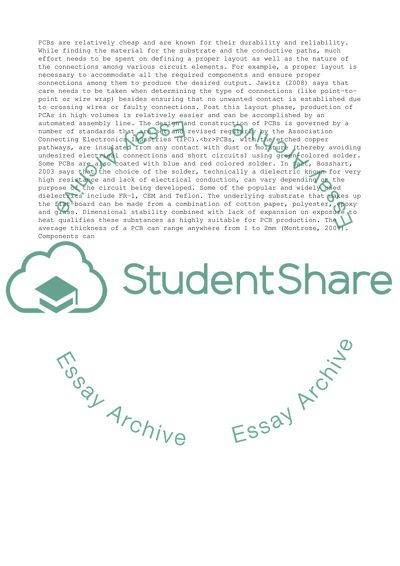Cite this document
(Product Design & Development / Printed Circuit Boards (PCB) Essay, n.d.)
Product Design & Development / Printed Circuit Boards (PCB) Essay. https://studentshare.org/management/1754480-product-design-development-printed-circuit-boards-pcb
Product Design & Development / Printed Circuit Boards (PCB) Essay. https://studentshare.org/management/1754480-product-design-development-printed-circuit-boards-pcb
(Product Design & Development / Printed Circuit Boards (PCB) Essay)
Product Design & Development / Printed Circuit Boards (PCB) Essay. https://studentshare.org/management/1754480-product-design-development-printed-circuit-boards-pcb.
Product Design & Development / Printed Circuit Boards (PCB) Essay. https://studentshare.org/management/1754480-product-design-development-printed-circuit-boards-pcb.
“Product Design & Development / Printed Circuit Boards (PCB) Essay”. https://studentshare.org/management/1754480-product-design-development-printed-circuit-boards-pcb.


